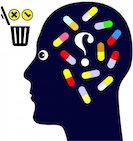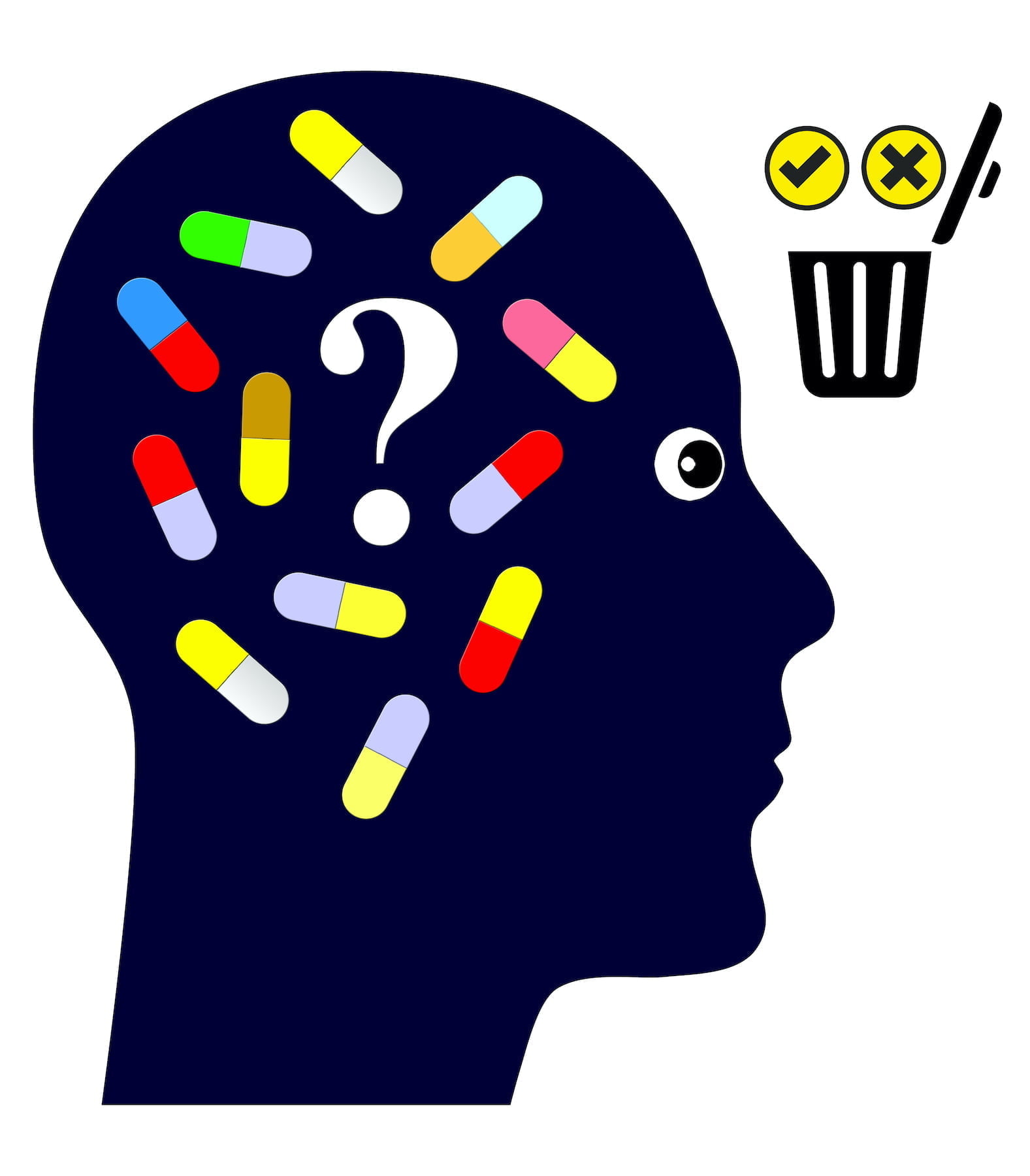 As the academic season becomes more challenging, The Child Development Center is often asked about the various pharmaceutical preparations that are suggested by doctors, behavioral and academic personnel. Specific medicines are frequently prescribed for symptoms that include poor focus and attention, hyperactivity, distractibility, fidgeting, not listening, a short fuse, and lack of self control.
As the academic season becomes more challenging, The Child Development Center is often asked about the various pharmaceutical preparations that are suggested by doctors, behavioral and academic personnel. Specific medicines are frequently prescribed for symptoms that include poor focus and attention, hyperactivity, distractibility, fidgeting, not listening, a short fuse, and lack of self control.
As parents ponder this important decision, here is a useful list to improve understanding and address frequent concerns, in decreasing order of potency and side effects:
Prescription
Methamphetamines
Names: Adderall, Desoxyn, Adzenys, Dianavel, Evekeo, Dexedrine, ProCentra, Zenzeti
Plus Lisdexamphetamine (Vyvanse)
Class – Stimulant, Amphetamine
Comment: These were the first generation of stimulants. They are the most addictive, bring about appetite suppression (‘diet’ pills), create sleep disturbance and growth suppression. Families should consider using these when less potent preparations fail.
Methyphenidates
Names: Methylin, Methylphenidate, Ritalin, Concerta, Daytrona, Quillivant, Quillichew, Aptensio
Plus Dexmethyphenidate (Focalin)
Class – Psychostimulant, Methylphenidate derivates
Comment: There are actually only two choices in this category, as well. The theory of using stimulant medications for ADHD is that affected patients experience a paradoxical reaction to the invigorating effects that neurotypical individuals would sense.
From a chemical standpoint, all of these names pare down to just 4 compounds. They share these common features:
![]() DEA – Class Rx Schedule 2. Therefore, your doctor will be very careful about documentation and prescription handling, and will require followup visits.
DEA – Class Rx Schedule 2. Therefore, your doctor will be very careful about documentation and prescription handling, and will require followup visits.
![]() The choices here are usually driven by the formulation; available as a liquid, chewable, patch, pill, or capsule configurations.
The choices here are usually driven by the formulation; available as a liquid, chewable, patch, pill, or capsule configurations.
![]() Plus, manufacturers offer a myriad of confusing dosage options; from 1, to multiples of 5, to multiples of 10, to multiples of 18 milligrams.
Plus, manufacturers offer a myriad of confusing dosage options; from 1, to multiples of 5, to multiples of 10, to multiples of 18 milligrams.
![]() When the medications start to wear off, there is often an increase in negative behaviors. For this reason, dosage and frequency are crucial to produce the most effective amelioration of symptoms.
When the medications start to wear off, there is often an increase in negative behaviors. For this reason, dosage and frequency are crucial to produce the most effective amelioration of symptoms.
![]() However, insurance companies have become very restrictive in the preparations that they will cover, and out-of-pocket costs are high. When trying to achieve the optimal medication schedule, such stipulations complicate making the best clinical decisions.
However, insurance companies have become very restrictive in the preparations that they will cover, and out-of-pocket costs are high. When trying to achieve the optimal medication schedule, such stipulations complicate making the best clinical decisions.
![]() The medical risks of any of these preparations include a myriad of cardiac maladies. The AAP no longer recommends a pediatric cardiology evaluation. This is not a good idea, and once a patient demonstrates that they will continue to take these prescriptions, The Child Development Center refers to the appropriate specialist.
The medical risks of any of these preparations include a myriad of cardiac maladies. The AAP no longer recommends a pediatric cardiology evaluation. This is not a good idea, and once a patient demonstrates that they will continue to take these prescriptions, The Child Development Center refers to the appropriate specialist.
Atomoxitine
Names: Strattera
Class – Non-stimulant
DEA Class – Rx
Comment – Frequently vaunted as THE ‘non-stimulant ADHD medication’. Besides an increased risk of suicidal ideation, significant growth inhibition and sudden death, in my experience, it has never been a useful choice. Really, don’t bother with this remedy.
Phosphatidylserine
Names: Vayarin, PS 100
Class – Non-stimulant
DEA Class – Medical food
Comment – The active ingredient is a natural fat that is supposed to aid cell-to-cell communication in the brain. The name brand contains an omega 3 oil, and requires a prescription. The over-the-counter product might be preferable if the patient is allergic to fish or soy.
Non-Prescription Stimulants
Despite a 2004 study that demonstrated that nicotine was equivalent to methylphenidate in ADHD symptom reduction, the practice has not become popular due to the inability to control the patch dosage and skin discomfort. However, the effects of caffeine may provide a reasonable alternative. At The Child Development Center, pure caffeine is chosen over coffee, tea or other products that contain a multitude of other ingredients, in order to objectively assess the results of administration.
Conclusions
1. The most important factor in deciding on treatment is a precise diagnosis, which requires a thorough history, physical examination, and appropriate laboratory testing. A doctor cannot simply look at your child and declare that they have ADHD.
2. Medication administration continues to be offered to younger and younger children. Deferring pharmaceutical intervention can mitigate against the most significant side effects.
3. When stimulants are initiated, it is not unusual for parents to observe that, either the med doesn’t work quickly as expected, or that the child acts like a ‘zombie’, or that the child exhibits even more hyperactive behaviors.
4. Although this guide is presented in order of medicinal ‘strength’, whether a product works depends on a myriad of factors. Preparations that are lower on the list may be far superior to more potent formulas. Plus, the mere observation that the child is sitting still does not necessarily reflect that real learning is taking place.
5. Research continues to demonstrate that appropriate behavioral therapy is a useful and effective treatment.




